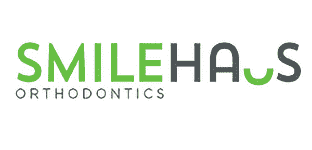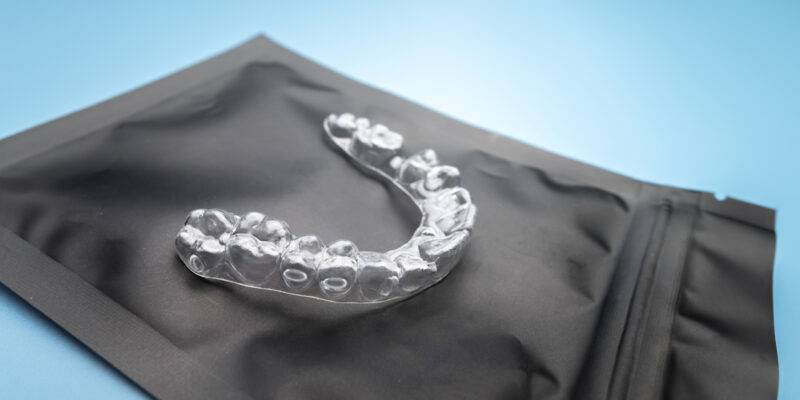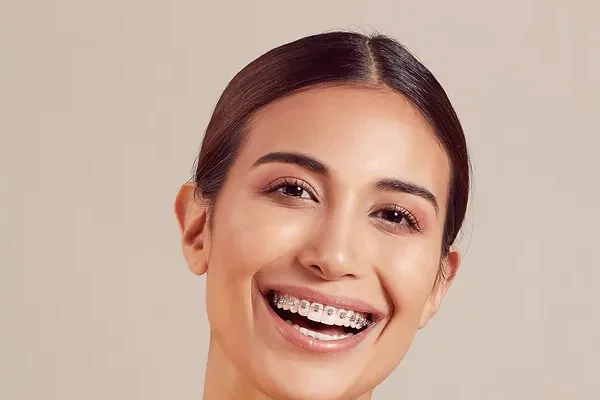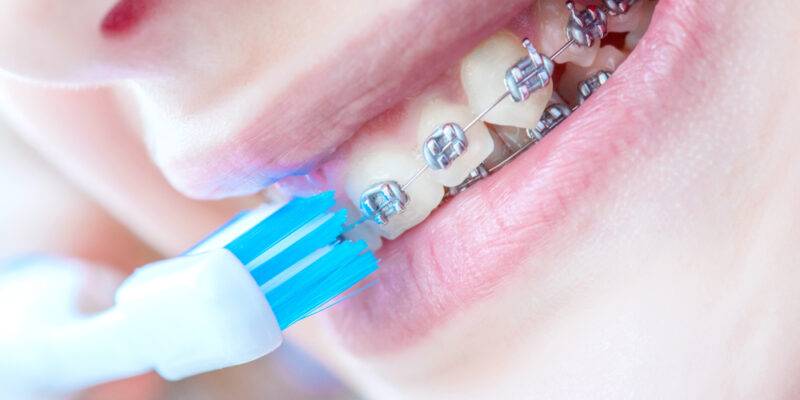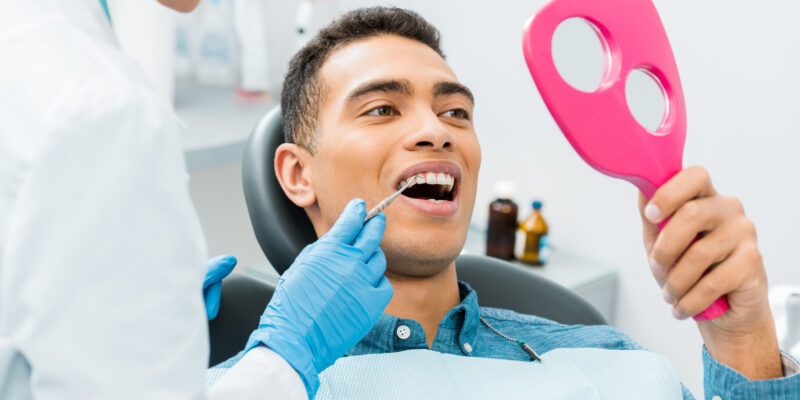patient, gums, tooth, cosmetic dentistry, smilehaus, periodontal disease, mouth, crown, scaling and root planing, orthodontics, tooth decay, exam, pediatric dentistry, professional dentists, smile makeover, aesthetic dentistry, smile haus, smilehaus orthodontics, dental, dental care, pediatric, hygiene, disease, dental braces, malocclusion, jaw, confidence, retainer, clear aligners, american association of orthodontists, orthognathic surgery, surgery, oral hygiene, tooth whitening, profession, dental school, lingual braces, tooth loss, evaluation, orthodontic treatment, orthodontists, orthodontic, braces
What is the difference between ortho and orthodontics?
Orthodontics is a specialized branch of dentistry that focuses on correcting misaligned teeth and jaws to enhance oral health and aesthetics. On the other hand, ortho, usually referring to orthopedics, deals with the treatment of musculoskeletal issues and injuries in various parts of the body, not limited to oral health.
Is orthodontics the same as braces?
Orthodontics is a branch of dentistry focused on correcting teeth and jaw alignment, while braces are a common orthodontic treatment tool used to straighten teeth. Braces are a type of orthodontic appliance that helps align teeth through pressure and gradually reposition them.
What is a Carriere in orthodontics?
A Carriere in orthodontics refers to a type of orthodontic treatment known as the Carriere Distalizer. This appliance is used to correct specific bite issues by moving the upper teeth back to align with the lower teeth. It is often employed as a precursor to braces or aligners for comprehensive orthodontic treatment.
Is laughing gas safe for kids?
Laughing gas, or nitrous oxide, is generally safe for kids when administered by trained professionals. It is commonly used in pediatric dentistry to help children relax during procedures. However, there can be side effects, so it is essential to follow the dentist's guidelines and monitor its usage in children.
How long does orthodontic treatment usually take?
Orthodontic treatment typically lasts from 18 to 36 months, but this can vary based on individual needs and complexity of the case. Regular check-ups and following orthodontist recommendations can help ensure treatment stays on schedule.
Can adults benefit from orthodontic procedures?
Adults can benefit from orthodontic procedures that improve alignment, bite, and overall oral health. Options like self-ligating braces or the innovative PITTS21 SYSTEM offer comfort, efficiency, and precise results, making treatment convenient for adult patients seeking orthodontic care.
What types of braces are available today?
Today, various types of braces are available for orthodontic treatment, including traditional metal braces, ceramic braces, lingual braces, and self-ligating braces. Each option offers unique advantages in terms of visibility, comfort, and treatment duration, catering to individual preferences and needs.
How often should you visit an orthodontist?
It is recommended to visit an orthodontist every 4 to 8 weeks for adjustments and progress checks during orthodontic treatment. Regular visits are crucial to ensure the treatment plan is on track and any necessary adjustments can be made timely.
What age is best for starting orthodontics?
The best age for starting orthodontics is typically between 7 and 14 years old when a child's jaw is still growing, making it easier to guide teeth and correct issues efficiently. However, orthodontic treatment can be beneficial at any age.
Does orthodontic care improve overall dental health?
Orthodontic care improves overall dental health by correcting bite issues, enhancing oral hygiene, and preventing potential dental problems like decay or gum disease. Properly aligned teeth are easier to clean, reducing the risk of oral health issues and promoting a healthier mouth.
Are there alternatives to traditional metal braces?
Yes, self-ligating braces offer an alternative to traditional metal braces. These braces provide greater comfort, shorter treatment times, and fewer required appointments, making them a popular choice for orthodontic treatment.
How does Invisalign differ from regular braces?
Invisalign differs from regular braces in that it is a clear aligner system that is virtually invisible when worn, making it a more aesthetically pleasing option. Invisalign aligners are removable, allowing for easier maintenance of oral hygiene and the ability to eat without restrictions.
Whats involved in an orthodontic consultation?
An orthodontic consultation typically involves an examination of your teeth and bite, discussing treatment options, reviewing X-rays or scans, and creating a personalized treatment plan. This initial visit allows the orthodontist to assess your needs and recommend the best course of action for achieving a straighter smile.
How do braces straighten misaligned teeth?
Braces work by applying constant pressure to teeth over time, which gradually moves them into the correct position. This process involves the braces adjusting the jaw's alignment, shifting teeth into alignment, and improving overall bite and smile aesthetics.
Can orthodontics correct bite issues?
Orthodontics can correct a variety of bite issues, including overbites, underbites, and crossbites. Treatments like self-ligating braces and the PITTS21 system offer precise and faster solutions for improved comfort and results. Regular orthodontic consultations can determine the best treatment plan for individual bite correction needs.
What are the benefits of ceramic braces?
Ceramic braces offer the benefits of being less noticeable than traditional metal braces, providing a more aesthetic treatment option. They are also durable and do not cause irritation like some other materials, making them a popular choice for orthodontic patients seeking discreet and comfortable treatment.
Do braces require special oral hygiene practices?
Braces do require special oral hygiene practices to maintain good dental health during treatment. Some tips include brushing after every meal, flossing with special tools like floss threaders or water flossers, and using a fluoride mouthwash regularly. Regular dental check-ups are also essential.
Are retainers necessary after braces?
Yes, retainers are essential after braces to maintain the achieved results and prevent teeth from shifting back to their original positions. Retainers help stabilize the teeth and ensure the success and longevity of orthodontic treatment.
How do lingual braces differ from others?
Lingual braces differ from traditional braces by being placed on the back of the teeth, making them nearly invisible. They offer a discreet treatment option but may require an adjustment period due to potential tongue discomfort.
What financing options are available for braces?
There are various financing options available for braces, including dental insurance coverage, payment plans through orthodontic offices, health savings accounts (HSAs), flexible spending accounts (FSAs), and financing from third-party companies like CareCredit. It's essential to explore these options to find the best fit for your financial situation.
Can orthodontic treatment help prevent gum disease?
Orthodontic treatment can help prevent gum disease by aligning teeth properly, making them easier to clean. Misaligned teeth can lead to plaque buildup and gum inflammation, increasing the risk of gum disease. Properly aligned teeth reduce these risks, promoting better oral health.
Are there any risks with self-ligating braces?
When considering self-ligating braces, it's essential to note potential risks such as the possibility of increased costs compared to traditional braces, potential discomfort during the adjustment period, and the need for proper oral hygiene maintenance to prevent issues like plaque buildup.
When should a child first see an orthodontist?
A child should first see an orthodontist by around the age of 7 for an initial evaluation. Early intervention can help detect and address potential orthodontic issues, leading to more effective and timely treatment.
How can orthodontics impact facial structure?
Orthodontics can impact facial structure by aligning the teeth and jaws properly, which can improve facial aesthetics. Additionally, correcting issues like overbites or underbites through orthodontic treatments can also lead to a more balanced and harmonious facial appearance.
Can orthodontic issues recur after treatment?
Orthodontic issues can recur after treatment if proper retention methods are not followed. Wearing retainers as directed by the orthodontist is crucial to maintain the results achieved during treatment and prevent teeth from shifting back to their original position.
What is a palatal expander?
A palatal expander is an orthodontic device used to widen the upper jaw. It helps correct issues such as crowding or a narrow palate by gradually expanding the arch to create more space for proper alignment of teeth.
Do braces interfere with sports activities?
Braces do not have to interfere significantly with sports activities. Mouthguards can help protect the mouth during physical activities, and it's advisable to consult with your orthodontist for guidance on sports-related concerns while wearing braces.
How does orthodontics address overcrowded teeth?
Orthodontics addresses overcrowded teeth by using advanced techniques like self-ligating braces from the PITTS21 system. These innovative treatments provide greater comfort, speed up treatment times, and require fewer appointments, resulting in more precise and effective results for aligning crowded teeth.
Can one eat normally with braces?
Eating normally with braces is possible, but it's important to avoid hard, sticky, or crunchy foods that can damage the braces. Cut food into smaller pieces, chew carefully, and maintain good oral hygiene for the best results.
What is the purpose of orthodontic elastics?
Orthodontic elastics are used to apply pressure and help move teeth into the correct position during orthodontic treatment. They aid in correcting bite issues, aligning teeth properly, and achieving optimal results in the overall orthodontic process.
orthodontists south pasadena, dr thompson orthodontist, thompson orthodontics, fair oaks adult braces, smile house dentist, smilehaus, orthodontist pasadena ca, orthodontist pasadena, braces fair oaks, orthodontists pasadena, brius south pasadena, the smile haus, fair oaks orthodontics, karla thompson, dental haus, orthodontist in pasadena, fair oaks crooked teeth, fast braces for adults pasadena, smiles house, fair oaks orthodontist, 1414 fair oaks building, orthodontics, smilehaus orthodontics, smile haus, invisalign south pasadena, clear braces fair oaks, orthodontics pasadena, pasadena orthodontics, orthodontist south pasadena ca, clear aligners fair oaks, smile haus south pasadena, smile house, orthodontists in south pasadena, orthodontists in pasadena, smilehouse dental, south pasadena orthodontist, ortho haus orthodontics, smile+house, fair oaks braces financing, invisalign south pasadena ca, smile house dental center, orthodontist south pasadena, teeth straightening fair oaks, invisalign fair oaks, ortho haus, pasadena orthodontist, smilehouse, ortho house pasadena, smile haus dental, smile hause, oc orthodontics, smile orthodontics, crowded teeth solutions pasadena, dr. thompson orthodontist, thompson ortho, haus dental, brava braces, cheap orthodontist near me, invisalign dentist for teenagers in south pasadena
